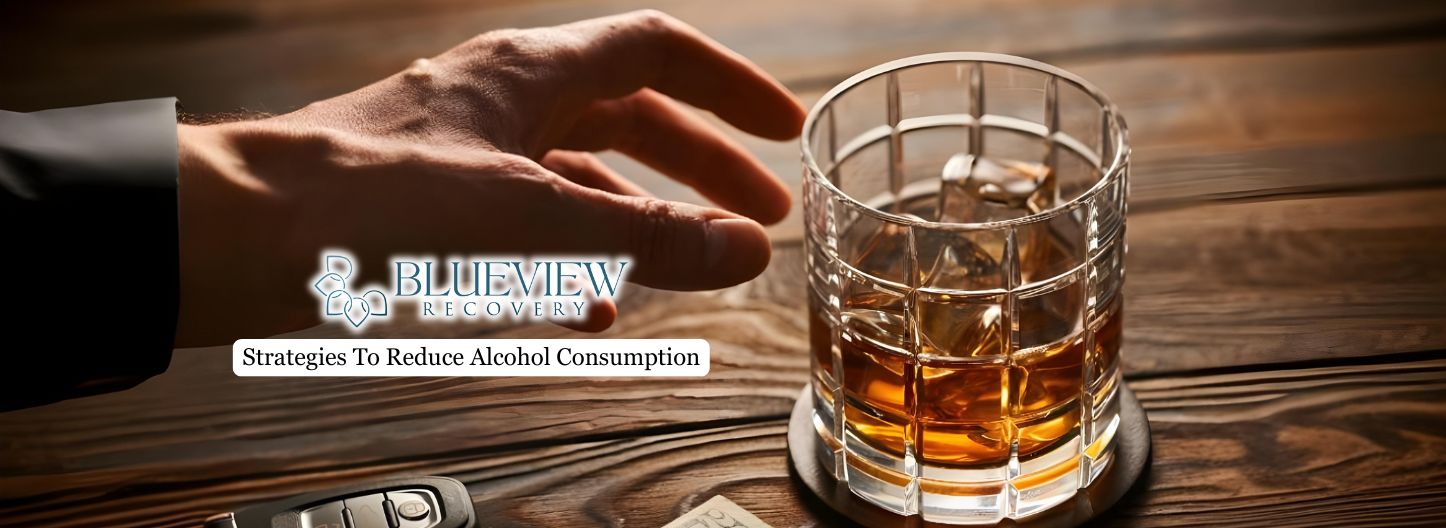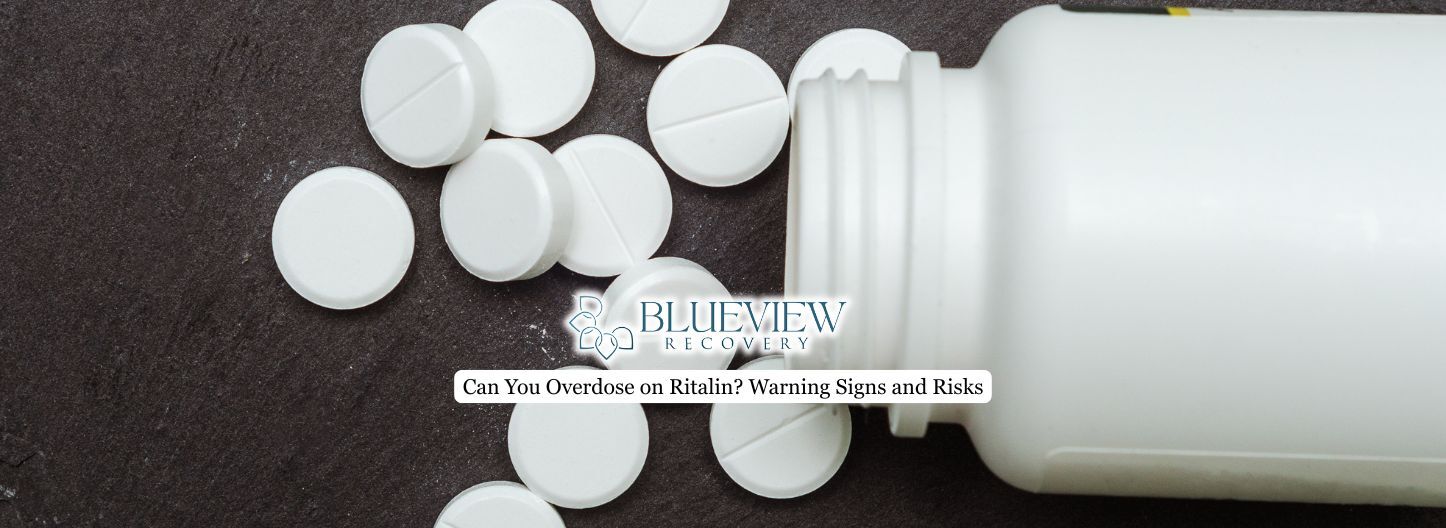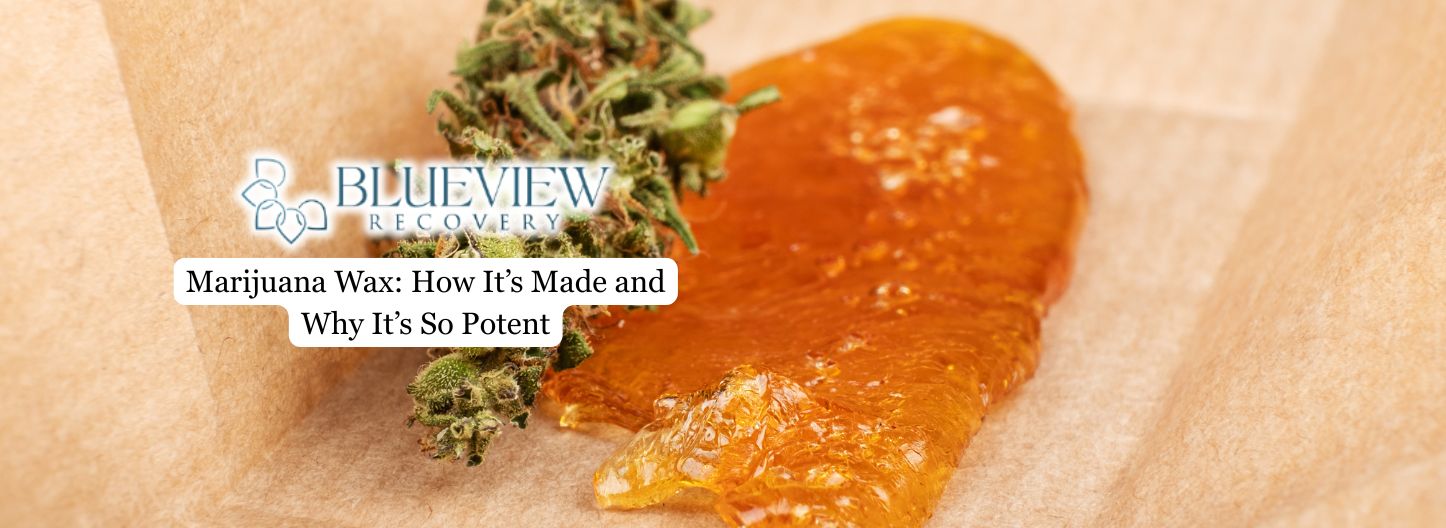Binge drinking and substance misuse are often discussed together, yet they differ in severity, frequency, and long-term impact. Understanding these distinctions helps individuals recognize when social drinking crosses into harmful territory and when it may signal a deeper problem that needs professional attention.
This article explores the differences between binge drinking and dependency, how each affects the body and mind, and why early recognition and treatment can make all the difference in recovery.

Understanding Alcohol Use Disorder (AUD)
Alcohol use disorder is a chronic condition that extends beyond occasional overconsumption. It involves an ongoing pattern of compulsive ingestion of alcohol, loss of control, and emotional distress when not consuming. People with this condition may drink daily or experience intense cravings, often continuing despite harm to their health, relationships, or work life.
This disorder is diagnosed using criteria from the Diagnostic and Statistical Manual of Mental Disorders (DSM-5), which evaluates behaviors such as increased tolerance, withdrawal symptoms, and unsuccessful attempts to cut back. It can range from mild to severe, depending on the number of symptoms present. Because it alters brain structure and function, professional treatment for alcohol use disorder is often necessary to address both physical dependence and the underlying emotional and behavioral factors that make recovery challenging.
Key Differences Between Binge Drinking and AUD
Binge drinking typically occurs in isolated episodes, while chronic misuse represents a continuous cycle of compulsion and reliance. A person may go days or weeks without having a drop of alcohol, but consumes the liquid excessively on certain occasions. Someone with long-term dependence often feels a persistent need to drink and experiences discomfort when not consuming.
Another difference is control. Binge drinkers may recognize their behavior as problematic and make adjustments, whereas those with more severe misuse struggle to regulate or stop entirely. Repeated binge drinking can transition into dependence as tolerance builds and alcohol use becomes a regular coping mechanism. Recognizing this progression early is essential for preventing long-term harm and promoting healthier habits.
Health and Behavioral Consequences
Bingeing primarily leads to short-term consequences such as blackouts, accidents, injuries, and poisoning. It also increases the likelihood of engaging in unsafe behaviors like drunk driving or unprotected sex. Even infrequent episodes can have lasting repercussions, particularly if they occur regularly over time.
Chronic misuse causes long-term physical and psychological damage. It heightens the risk of seizures, liver disease, pancreatitis, cardiovascular problems, and cognitive impairment. Mentally, it contributes to anxiety, depression, and emotional instability. Beyond health issues, this condition can erode relationships, job performance, and overall quality of life, creating a cycle that is difficult to break without structured intervention.
Recognizing When Binge Drinking Becomes a Disorder
The transition from excessive drinking to a diagnosable disorder can happen gradually and is often overlooked. Warning signs include increased tolerance, getting plastered too often to cope with stress, and continued use despite negative outcomes. Individuals may begin prioritizing alcohol usage over hobbies, work, or relationships, and feel anxious or irritable when not consuming the substance. Withdrawal symptoms such as shaking, nausea, sweating, and insomnia can signal that the body has become physically dependent.

Identifying these red flags early is vital. Consulting a medical or mental health professional can help determine whether someone’s drinking behavior has escalated into alcohol use disorder. Early treatment interventions, such as outpatient counseling or therapy, can prevent the condition from worsening and improve long-term outcomes.
Treatment and Recovery Options
Comprehensive care for misuse and problematic excessive alcohol intake typically includes a combination of medical, psychological, and social support. Cognitive-behavioral therapy (CBT) helps individuals recognize triggers, develop healthier coping strategies, and reframe negative thought patterns that contribute to self-destructive behavior. Medication-assisted treatment (MAT) can also help reduce cravings and manage withdrawal symptoms under professional supervision.
Group therapy, family counseling, and holistic therapies such as mindfulness, fitness, and nutrition can enhance emotional stability and promote lasting recovery. For those who drink excessively but haven’t developed a dependency on the substance, professional interventions, education, and behavior modification can be highly effective in preventing escalation.
Final Thoughts from Blueview Recovery
Binge drinking and substance misuse both involve harmful consumption patterns, but alcohol use disorder represents a more persistent and dangerous condition that requires professional attention. Although it may seem occasional, repeated episodes can evolve into dependency and cause lasting harm.
At Blueview Recovery, we provide compassionate, evidence-based treatment for individuals at every stage of misuse. Our outpatient alcohol rehab programs in Philadelphia, PA, are designed to address both the physical and emotional challenges of recovery, empowering individuals to regain balance and control. Whether you’re concerned about drinking way too much or struggling with alcohol dependence, seeking help today is the first step toward lasting wellness.





